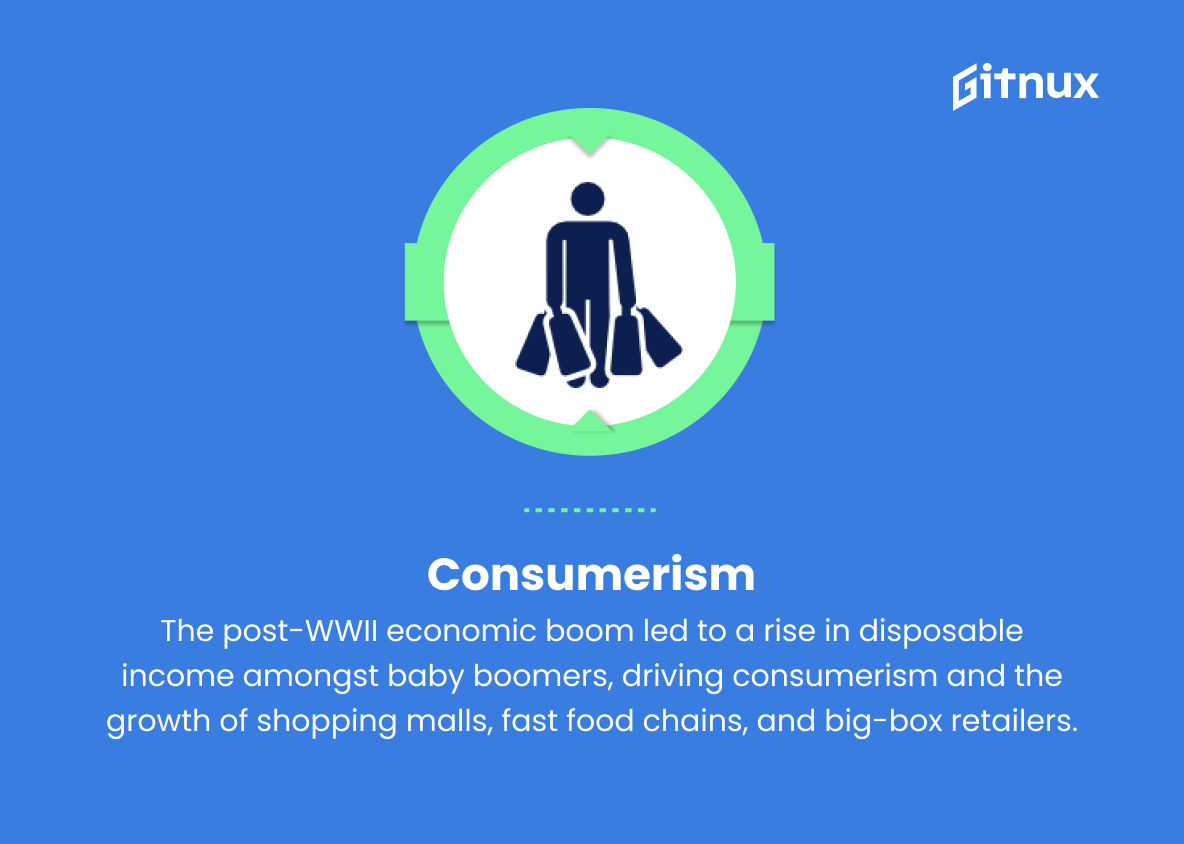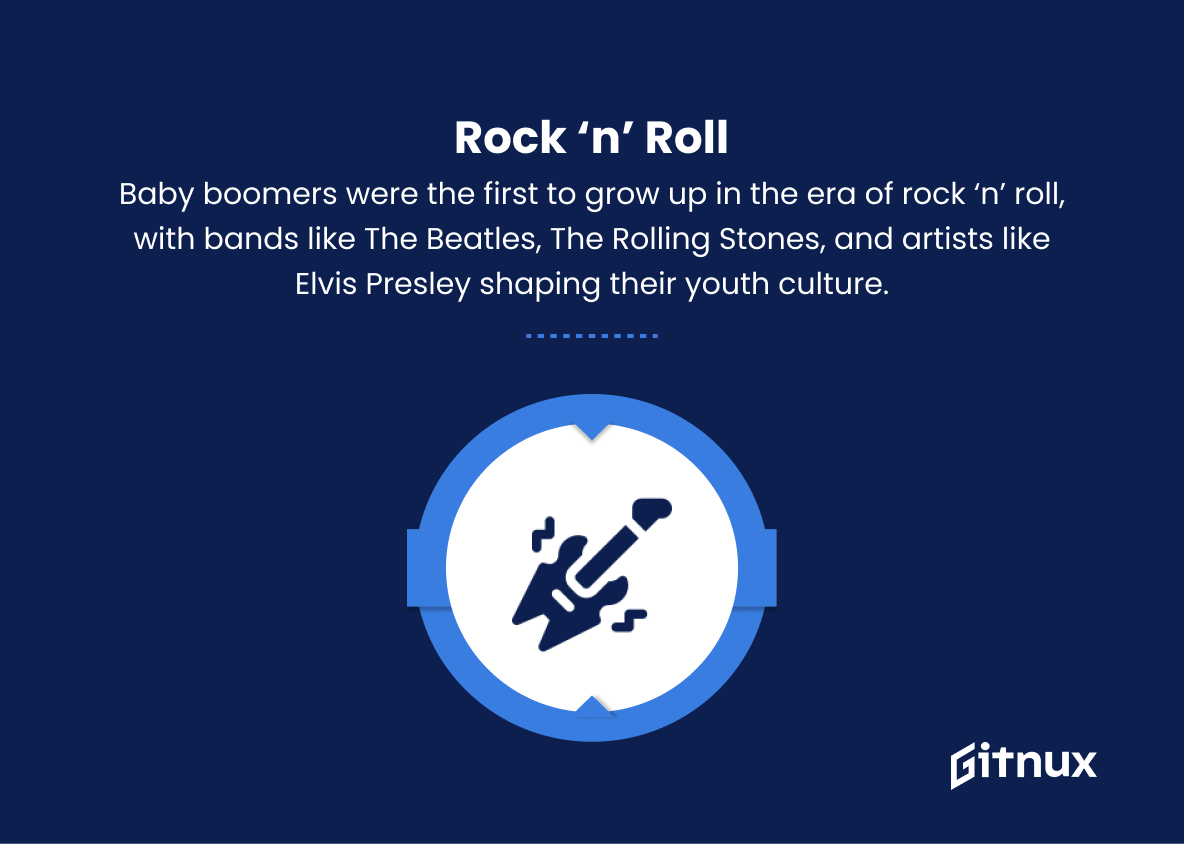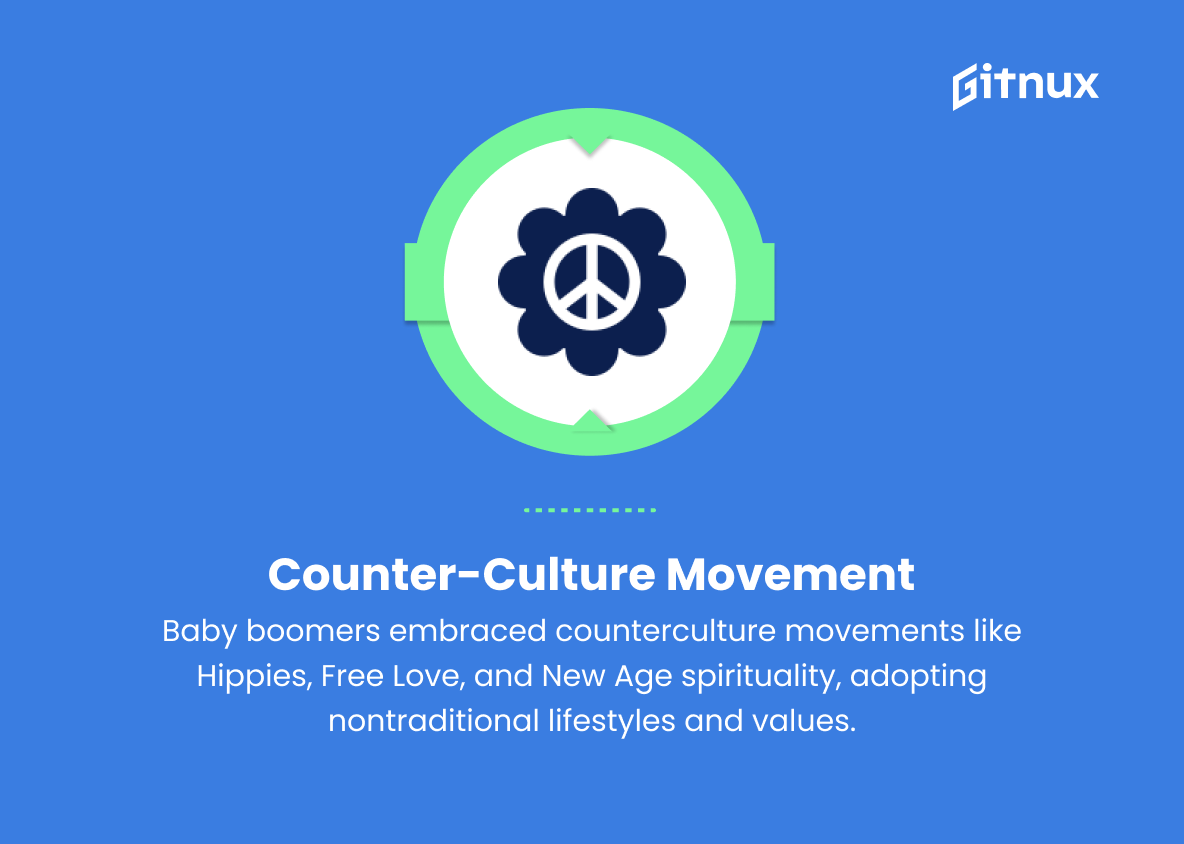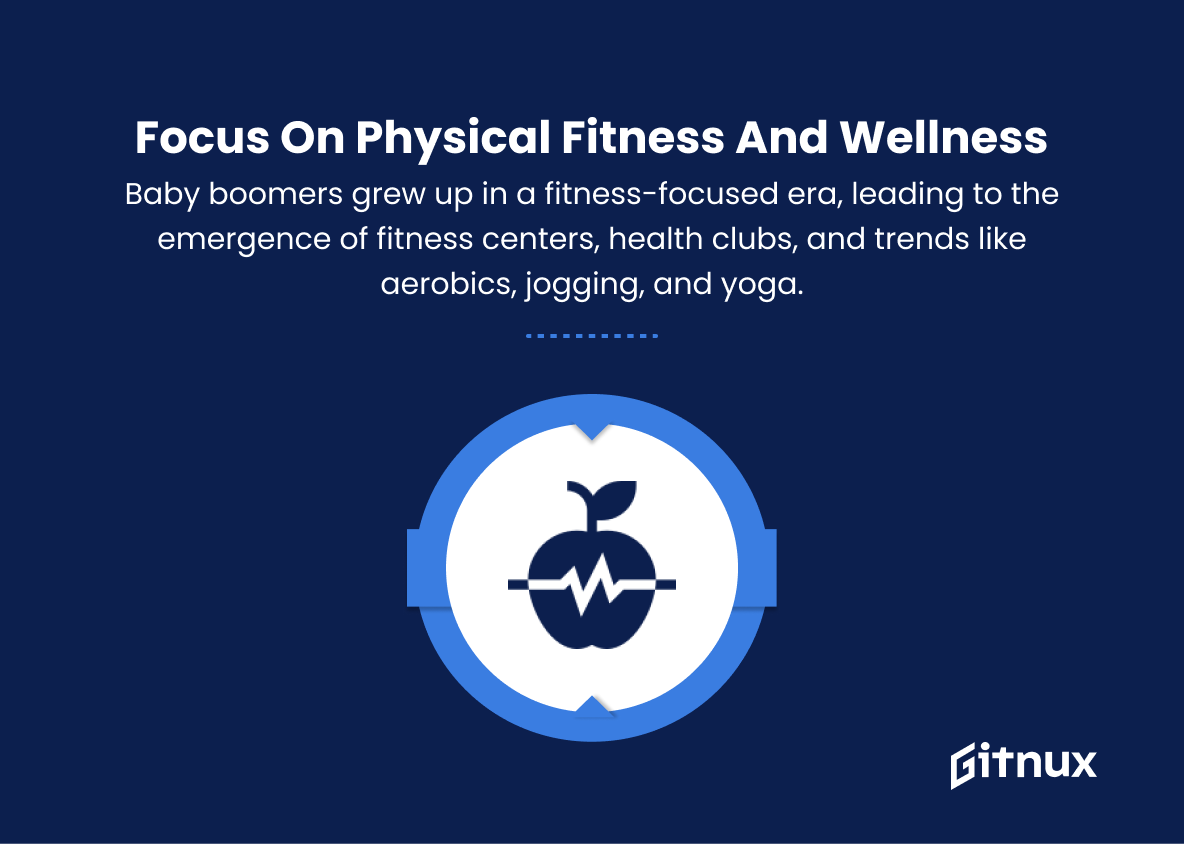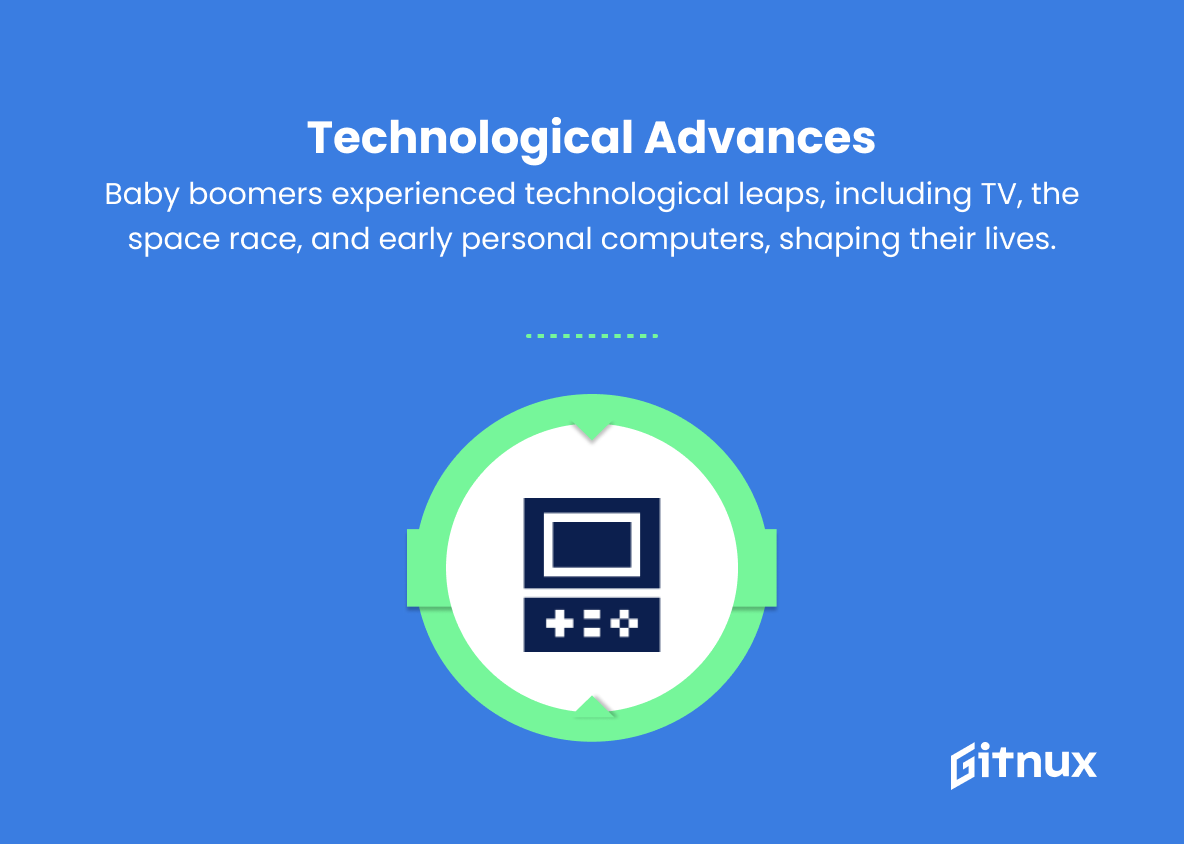In today’s rapidly evolving world, it has become essential to understand the unique characteristics and trends that shape each generation. Among these generations, the Baby Boomers, born between 1946 and 1964, have played a significant role in shaping the society, economy, and culture we know today. As these individuals navigate through the later stages of their lives, their preferences, habits, and lifestyle choices continue to leave a lasting impact. In this blog post, we will delve into the contemporary trends that define the Baby Boomer generation, exploring the ways in which they are adapting to change, influencing markets, and utilizing technology. Join us as we delve into the fascinating world of Baby Boomer trends and unravel the intricacies of this influential generation.
Top Baby Boomer Trends
1. Suburban Living
Baby boomers moved away from the cities to start families in newly developed suburbs, leading to a housing boom and the growth of suburban communities.
2. The rise of the two-car family
With suburban living came the necessity for owning a car, leading to a surge in the automotive industry. Many families owned at least two cars by the late baby boomer years.
3. Consumerism
The post-WWII economic boom led to a rise in disposable income amongst baby boomers, driving consumerism and the growth of shopping malls, fast food chains, and big-box retailers.
4. Rock ‘n’ Roll
Baby boomers were the first to grow up in the era of rock ‘n’ roll, with bands like The Beatles, The Rolling Stones, and artists like Elvis Presley shaping their youth culture.
5. Civil Rights Movement
Baby boomers were heavily involved in the fight for civil rights and social justice, with the Civil Rights Movement and subsequent legislation marking a significant shift in American society.
6. Feminism and Women’s Rights
The Women’s Liberation movement of the 1960s and ’70s challenged traditional gender roles and fought for equal rights and opportunities for women, which many baby boomers actively supported.
7. Vietnam War and anti-war protests
Baby boomers experienced the Vietnam War firsthand, with many serving in the war, while others participated in or witnessed large-scale anti-war protests on college campuses and other public spaces.
8. Experimentation with drugs
The baby boomer generation is known for its experimentation with drugs, particularly marijuana and hallucinogens like LSD, as part of the counterculture movement.
9. Counter-culture movement
Many baby boomers embraced nontraditional lifestyles, values, and social norms as part of the counterculture movement, which included Hippies, the Free Love Movement, and New Age spirituality.
10. Focus on physical fitness and wellness
Baby boomers grew up in an era that popularized focus on physical fitness and wellness, leading to the rise of fitness centers, health clubs, and new fitness trends (e.g., aerobics, jogging, yoga).
11. Environmental awareness
The publication of Rachel Carson’s “Silent Spring” in 1962 sparked a significant growth in environmental concerns amongst baby boomers, leading to the creation of the Environmental Protection Agency (EPA) and the celebration of the first Earth Day in 1970.
12. Technological advances
Baby boomers witnessed a rapid period of technological innovations and advances, which shaped their lives, such as the introduction of the television, the space race, and early personal computers.
Implications
The baby boomer generation, born between the mid-1940s and mid-1960s, significantly shaped modern society through various sociopolitical and economic trends. The suburban living trend led to rapid expansion beyond city centers, driving significant growth in the housing market and raising the importance of car ownership, with many families owning multiple vehicles. This economic boom fueled consumerism, birthing shopping malls, fast food chains, and big-box retailers, while also supporting a vibrant youth culture that embraced rock ‘n’ roll and championed for civil rights and social justice. Baby boomers played a critical role in advancing women’s rights through their support for feminism and pushed back against traditional gender roles.
Amid the Vietnam War, many baby boomers served in combat or participated in anti-war protests, influencing public opinion and policy. Their generation also embraced experimentation with drugs and a counter-culture lifestyle that explored alternative values and norms. The baby boomer generation prioritized physical fitness, wellness, and environmental awareness, leading to the growth of fitness centers, health clubs, and environmental protection policies. Finally, this generation witnessed and adopted numerous technological advances, such as the television, the space race, and early personal computers, which have continued to shape the world today.
Conclusion
In conclusion, it is evident that Baby Boomers continue to play a significant role in shaping today’s world. Their trends, preferences, and behaviors matter greatly to marketers, businesses, and society as a whole. As this generation approaches retirement and adapts to the ever-evolving digital landscape, it is important for us to understand and cater to their evolving needs. We must recognize the immense potential and opportunities for growth, development, and innovation that the Baby Boomer generation brings to the table. By paying close attention to these trends, we can better serve this influential demographic and foster a more inclusive, diverse, and prosperous society for us all.


